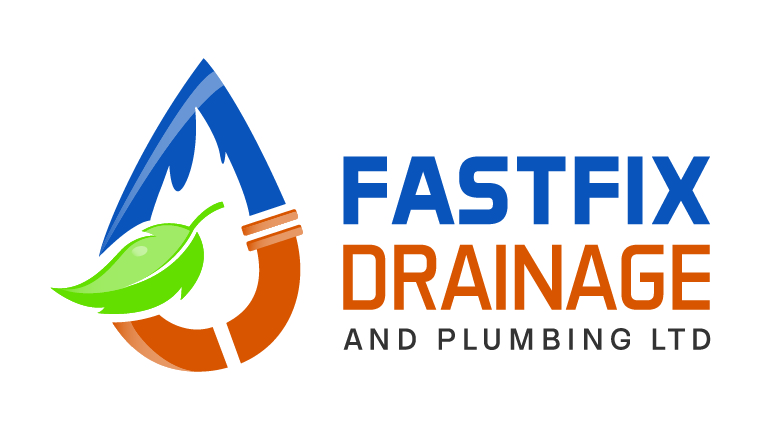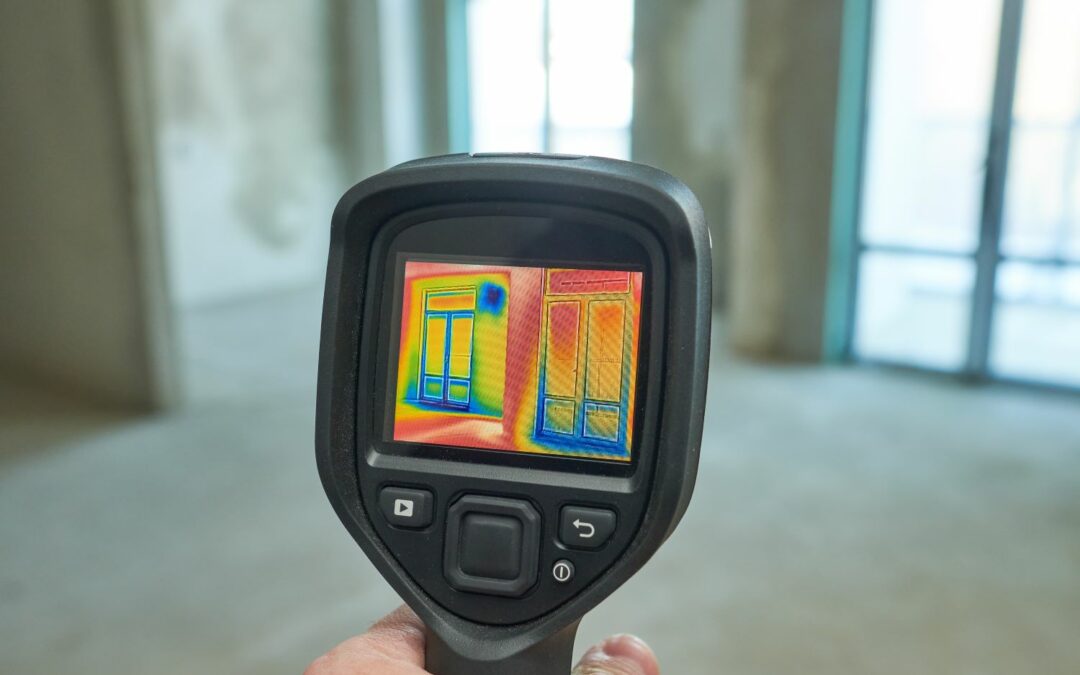How do plumbers find leaks behind walls?
Water leaks in walls are one of the worst things you can discover in your home, not only can they cause serious damage to the infrastructure of your home but they can also wreak havoc on your belongings causing damage to those too. Not only is the sight of damp walls in your home, an expensive aesthetic to look at but all in all can leave you confused in the panic at the sight of water.
Whilst in this panic of worrying about how to stop the leak and how much you are going to have to pay for repairs; you first need to find the culprit. Fortunately, here at Fastfix Drainage and Plumbing we have had our fair share of experiences with leaks behind walls. So much so that we have found various means and methods to detect and identify exactly if you have a water leak and where the source is originating from.
Throughout this article, we will help you distinguish the source of the water leak in your wall and teach you the common signs to look out for when you are experiencing a water leak so you can try to identify the source of the problem before it causes too much damage to the structure of your home and the belongings inside it.
If you need a qualified and WIAPS-Approved plumber in the Bristol and South West area, look no further than Fastfix Drainage and Plumbing. We offer leak detection and water mains repairs quickly across the South West. Call us today on 0117 403 4536.
Signs of a water leak in your home
Before you can detect how to find a water leak in your walls, you need to know if you are actually experiencing a water leak in your walls. If you suspect something isn’t right it is always better to be safe than sorry and go and check out the issue at hand.
If you notice some of the following issues you are experiencing a water leak in your property:
- Mould or Mildew Growth: Excess moisture from a leak can foster the growth of mould or mildew, visible as dark spots or patches on the wall surface.
- Soft or Sagging Walls: If the drywall or wall material becomes saturated with water, it might feel soft or appear swollen and saggy.
- Unexplained Increase in Water Bills: A sudden increase in water usage or bills without any change in your routine could indicate a hidden leak.
- Sounds of Dripping or Running Water: You might hear faint dripping or rushing water behind the walls, especially if the leak is significant.
- Decreased Water Pressure: A leak in a pipe within the walls could cause a decrease in water pressure in your taps or shower.
- Visible Efflorescence: This is a whitish, chalky residue that appears on walls when water evaporates, leaving mineral deposits behind. It can indicate water movement through the wall.
Five ways how to detect water leaks in your walls
Now that you have investigated and are clear that you have a water leak in your walls, you need to identify the source and problem. This may seem simple on paper however, if you are inexperienced or can’t physically see the source of the leak, it can actually be very difficult to identify.
Fortunately, by using one of these five ways to detect water leaks in your wall, you will be able to find the source of the leak and stop it from becoming a serious issue by putting a temporary stop in place until a professional plumber can come and amend the issue.
The five ways on how to detect water leaks in your wall include:
- Water meter reading
- Water pressure test
- Check your utility bills
- Listen for running water
- Contact a local plumber
1. Water meter reading
One of the easiest ways to identify a hidden water leak is to run a water meter reading. Start by ensuring all water sources in your home are turned off, including taps, appliances, and irrigation systems.
Locate your water meter and take note of the current reading. Avoid using any water for a few hours, ensuring no toilets are flushing and no appliances that use water are active. After this period, check the water meter again. If the reading has increased despite no water usage during this time, it suggests a leak.
This method helps isolate the possibility of a leak within your property and allows you to investigate your walls to find the source.
2. Water pressure test
Another way you can identify if you have a leak inside your wall in your property is by running a water pressure test. Begin by turning off all water sources within your home. Then, locate the main water shut-off valve and attach a pressure gauge to an outdoor tap. Do this whilst all the other taps and water-using appliances are turned off.
Next turn on the outdoor tap and let the water flow through the pressure gauge. Make a note of the pressure reading displayed on the gauge. After this, leave the water turned off for a few hours and then return to check the gauge.
If the pressure has dropped significantly, it could indicate a leak within the walls or the plumbing system. A drop in pressure suggests that water is escaping somewhere, prompting further investigation to locate and repair the potential leak inside your wall.
3. Check your utility bills
Reviewing your utility bills can be a useful way to spot potential water leaks within your walls. Compare your recent water bills with past usage patterns. If you notice a sudden and unexplained increase in water consumption or a spike in your bill without a change in your routine or seasonal factors such as running more baths in the winter and using more water-based appliances in the winter; it could indicate a hidden leak.
Analyse the usage patterns over several billing cycles to determine if there’s a consistent and unexplained rise in water consumption. Make sure to check that your provider hasn’t increased the price of their services as well!
If you have done all this and still notice a substantial and persistent increase in water usage, despite no change in your habits, this could signal a leak that might be concealed within your walls.
4. Listen for running water
Once you have identified that there is a leak somewhere in your home, using one of the three methods above, it is now time to try and work out where it is coming from. You can do this by listening out for the sound of running water.
Firstly, start by turning off all water sources and appliances in your home that use water. Find a quiet location close to the walls that you must suspect of a leak and concentrate on listening for any faint sounds of running water. If you have a stethoscope use this or simply just place your ear against the wall surface.
The leak might produce a subtle but distinct sound, such as a hissing, dripping, or rushing water noise. Move along the wall, focusing on different areas to pinpoint the sound’s location. If you hear persistent water movement despite all sources being off, it can indicate a hidden leak within the wall.
5. Contact a WIAPS-approved Plumbing Company
Once you have identified the source of the leak in your wall, you can now finally work on putting a stop to it and getting it repaired. If you are still struggling to find the leak or can’t identify the source even though you can hear it and all evidence points to a water leak, your best option is to get in contact with a trusted and WIAPS-approved local plumbing company that will help identify and fix your leak as quickly as possible.
Always remember that the more time, you give to a water leak without fixing the issue, the more damage and expenses you will have to pay out to repair the structure of your home and your damaged belongings. We recommend calling a local plumber as soon as you notice a leak is present within your walls.
Conclusion
In conclusion, you should now have a clear understanding of how to identify a leaking pipe that is located within the wall of your property and should be well on the way to getting it repaired without the risk of any more damage to your property or belongings in your home.
If you need a qualified and WIAPS-approved plumber in the Bristol and South West area, look no further than Fastfix Drainage and Plumbing. We offer leak detection and water mains repairs quickly across the South West. Call us today on 0117 403 4536.



